[et_pb_section fb_built=”1″ admin_label=”section” _builder_version=”4.0.5″][et_pb_row admin_label=”row” _builder_version=”4.0.5″ background_size=”initial” background_position=”top_left” background_repeat=”repeat”][et_pb_column type=”4_4″ _builder_version=”3.25″ custom_padding=”|||” custom_padding__hover=”|||”][et_pb_text admin_label=”Text” _builder_version=”4.0.5″ background_size=”initial” background_position=”top_left” background_repeat=”repeat” header_2_font_size_tablet=”” header_2_font_size_phone=”” header_2_font_size_last_edited=”on|phone”]
Guide To The Display Lumascape For Publishers
If you’re a digital publisher, an advertiser—or both—chances are at some point you have run across the Display Lumascape. At first glance, its incredibly overwhelming to look at, and it’s easy to see why.
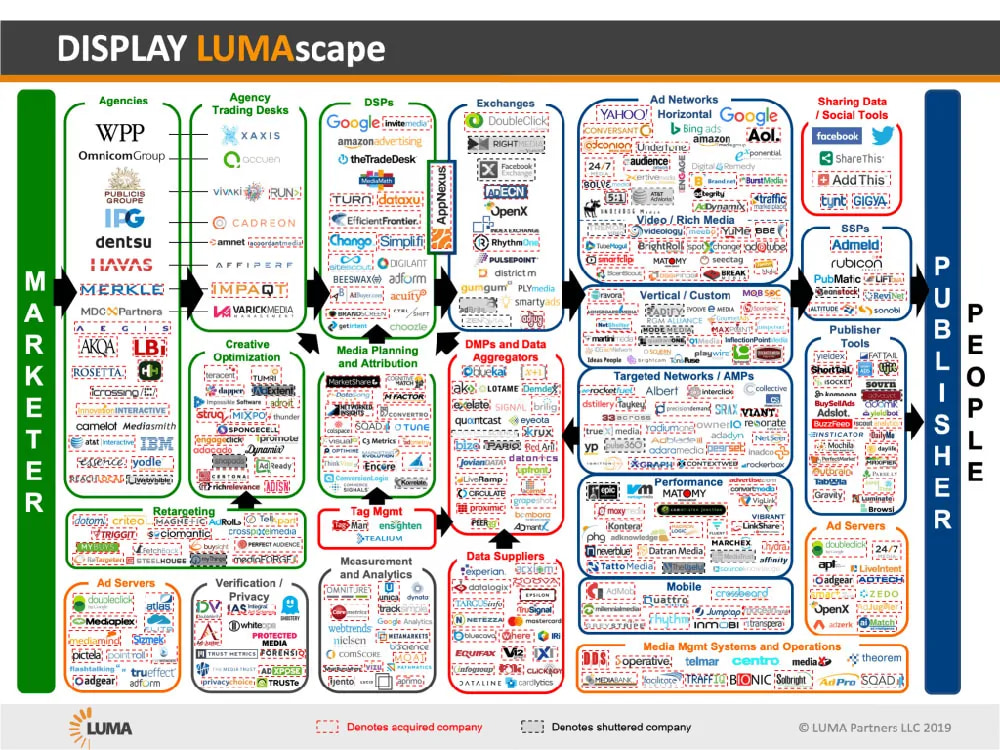
Debuted in 2010, the Display Lumascape originally started as, of all things…a PowerPoint slide. Ad tech banker Terry Kawaja of Luma Partners, an investment bank, took an early version of the ad tech industry map from Nick MacShane, founder of Progress Partners.
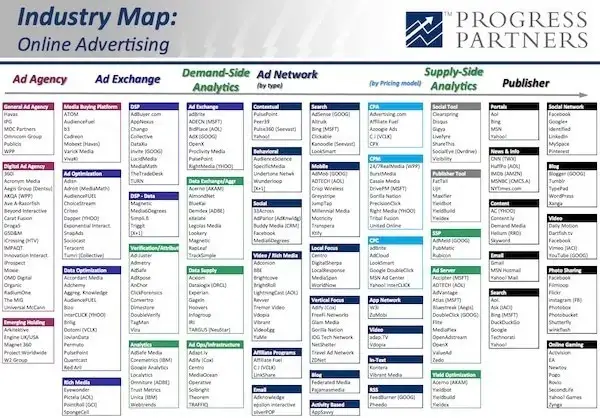
Kawaja saw Nick’s map and didn’t want to just improve on it, he wanted to sit down and just to “organize this mess,” as he told Digiday in an interview.
So the Lumascape was born. Nearly 10 years later, the Display Lumascame has garnered Luma Partners nearly 6 million website visits. It’s also become the center point of a heated debate about transparency in online advertising.
Advocates of growth in the ad tech space use the Lumascape as evidence that the industry is becoming more innovative. Critics say its a sign that the industry is bloated and filled with too many intermediaries taking money out of the supply chain, without adding much actual value to publishers and advertisers.
Today, I’m going to walk you through the ins and outs of the Display Lumascape. Often, publishers will wonder… “what exactly is an SSP? How is it different from a DSP? And, how is a header bidder different from a display network?” I’ll do my best to summarize all of this and more.
How do agencies fit into the Lumscape?

The gross majority of publishers aren’t working directly with agencies. If you are a big digital property, there’s a chance that an agency might work with you on some larger campaigns.
Many of the parent companies like WPP and OmnicomGroup are massive, multi-national companies with tens of thousands of employees. There is a debate emerging about the value of these parties as more and more enterprise publishing brands move their marketing arms in-house.
In general, agencies are becoming less relevant for both traditional publishers and digital publishers due to a rise in the demand for branded content. This had led many traditional publishers to create their own sponsored content packages and market it directly to advertisers (sans agency).
Branded content can be a growth driver for traditional publishers who choose to do the work in-house, but many brands are partnering with sites of all shapes and sizes for sponsored content that might have the right audience.
What are agency trading desks?
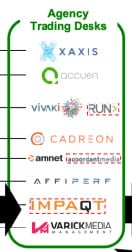
Agency trading desks are the programmatic versions of agencies working with publishers. It happens most of the time without anyone’s hands being on the wheel. This means they use technology or a demand-side platform (DSP) to buy and optimize media campaigns on ad exchanges, networks, or other inventory sources.
Trading desks tend to be blamed for a lot of the bloated cost within this Lumascape. While they are used by around 40% of the world’s biggest brands, programmatic advertising has evolved to a point where advertisers are demanding greater transparency from media partners and ad tech vendors.
Agency trading desks don’t have the PR power or the voice that many others in the space have, so they often get a lot of the blame for the advertiser dollars that are siphoned from publishers in the programmatic pipeline.
Realistically, there are a lot of parties to blame for the “ad tech tax” and every bid on a publisher page is potentially subject to a lot of intermediaries depending on the various relationships between both advertisers and publishers when ad impressions appear to a visitor.
What is creative optimization?
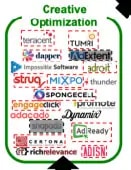
This is more of an advertiser-side-of-the-fence term that is looking primarily at optimizing the ads themselves. This is often referred to as “creatives”. These are most commonly the actual image of the display ad itself.
Theoretically, more engaging and relevant ads are better for visitors and publishers. Ideally, you’d like to have ads perform well for advertisers.
What is retargeting?

For publishers, this is currently the most popular form of personalized ads. It’s the process of targeting a user with ads based on previous interest or behavior.
Contextual advertising is whenever the website might be taking about iOS13, and someone bidding on Apple-related products might say, “I want to put ads on sites that talk about iOS13”, that’s contextual. But somebody that was on Apple’s website earlier that visits a site that doesn’t talk about Apple at all, but still see Apple ads — that’s considered a retargeting measure due to them being targeted based on interest or behavior (personalized advertising).
A lot of people in the space are talking about cookie-based retargeting going away (due to Apple & Google privacy changes). There are also other forms of retargeting that are considered non-personalized forms.
Meaning, advertisers are targeting you with ads because they know you’re a good fit for the product because of past interests, but they don’t know that it’s actually you. They just might have indications that your behaviors qualify you as a target without knowing exactly how you have personally behaved.
What are ad servers?
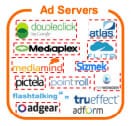
An ad server is an advertising technology that is used by both sides of the Lumascape. Advertisers and publishers use ad servers to manage and traffic online advertising campaigns. Ad servers in the modern era typically use a real-time bidding protocol for programmatic ad impressions from online exchanges and marketplaces. Both advertisers and publishers will still use an ad server to effectively deliver or measure a directly sold campaign that may be the result of an exclusive relationship.
The most popular ad server in the world is Google’s Ad Manager. Ad Manager used to be called DFP (DoubleClick for Publishers) – there was also DoubleClick for Advertisers – now its all under the Google Ad Manager banner; which has also rolled in Google’s industry-leading ad exchange (AdX, known as a staple of advertising demand for publishers).
Ad Manager is actually the only ad server that works with Google’s AdX. It’s arguably the area where Google has the greatest foothold in the digital display ecosystem.
Verification and privacy in the ad ecosystem
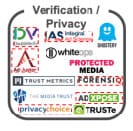
Verification and privacy vendors encompass things like consent modals and a bunch of other things that are verifying something on one side of the fence (allowing publishers to verify something for advertisers, and visa versa). Usually, a third party is doing this on behalf of one party for another.
For publishers, these are getting more and more important to have because of regulations. Unfortunately, there’s not a huge benefit in it for publishers. More privacy regulations, requests for verifications and consent, and other forms of 3rd party measurement often detract from the visitors experience and bloat page load time for publishers.
What are DSPs or SSPs?
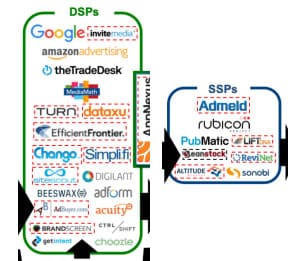
While stated as though they are different things, SSPs and DSPs are almost indistinguishable from each other at times. There are a lot of them, and often they won’t obviously identify themselves as an SSP or DSP (these parties are becoming less and less relevant in the Lumascape and have gotten a bad name).
A DSP (Demand-side platform) is a system that allows buyers of digital advertising inventory to manage multiple ad exchange and data exchange accounts through one interface.
An SSP (Supply-side platform) is a software system that allows publishers to offer their available inventory to ad exchanges and demand-side platforms. Supply-side refers to the supply in physical advertising space i.e. the space the publisher is offering.
The biggest thing to understand with both SSPs and DSPs is that Google’s first-price auction has taken a big bite out of their relevance to publishers. You’re going to see DSPs and SSPs start to use new, creative buzzwords to try to hide what they actually do; few are actually adding value, and even when they are, the value that these ad demand sources provide are incremental at best (and likely not worth it).
If you go to any conference as a publisher and you talk to a vendor and you don’t understand what they do, there’s a good chance they’re a DSP or an SSP and they’re going to tell you about the latest and greatest targeting and unique inventory they have to offer.
What is media planning and attribution?
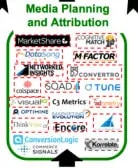
Digital attribution is the best form of advertising attribution we’ve had in human history. Despite the hand-wringing over this topic, digital publishers provide something to all advertisers that was missing just over 3 decades ago.
EX: Think about a traditional outdoor billboard ( i.e. what impact it may/may not have for a brand) . There is no way to attribute that billboard to it other than maybe surveying someone or doing some kind of geographical and demographical analysis that is likely a lot of guessing. In which case, you don’t really know for sure if you can attribute the consumer action or awareness to the billboard.

For publishers – cookies or no cookies – this is good because you can highlight the value that you bring to brands.
Publishers should be thinking, “How can I demonstrate the value of my audience to people independently”. While cookies and visitor tracking are helpful to advertisers for targeting, digital attribution is still better with digital publishers than just about every other form of advertising.
What is tag management?

Tag management services are things like Google’s Tag Manager. Sometimes, they can streamline the management of tags or scripts on a page. No one wants a huge pile of JS on their pages that lacks accountability.
But, tag management products can also become a big bucket where tons of scripts have been added to your site without any accountability. Just like how ads can dilute the value of other ads on your site, scripts can slow down sites.
The last thing you would want to do as a publisher is to put something on your site that would allow a sneaky 3rd party to target your visitors based on their browsing behavior on your site on other platforms. This is a really sneaky thing done by advertisers and you have to be really careful about it
Popular measurement and analytics used by publishers
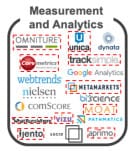
Everything from Google Analytics, to tools that are meant to measure viewability, are leveraged by publishers to monitor audiences and ad performance on their website.
Analytics are really helpful for publishers in analyzing their traffic, visitors, and audience. Unfortunately, many measurement applications are simply there to verify data from multiple places (i.e. viewability on your site, vs. what an advertiser ad server says).
Arguably, content analytics that pair with revenue provide the most value to publishers. Google Analytics 360 has some of this functionality but costs approximately $150,000! What’s more, script-based analytics have multiple downfalls that many publishers are seeking to circumvent.
What are ad exchanges?
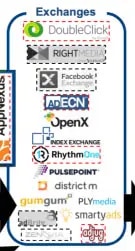
Ad exchanges are “theoretically” fair playing grounds where lots and lots of ad networks and ad demand sources all compete in a real-time auction (RTB, real-time bidding protocol).
Google’s shift to a first-price auction certainly makes it a lot fairer than it used to be, but it also strengthens Google’s position in the ad ecosystem.
Google’s AdX is certainly the most relevant for publishers and the first-price change makes the act of adding more demand sources via header bidding or other mechanism less relevant than ever before. Getting access to AdX is game-changing for publishers that don’t have access to a reseller or their own account.
What is an AdX reseller?
A Google Ad Exchange reseller is a 3rd-party publisher can use to access Google AdX. Often, publishers do not have the traffic to access an account of their own, and Google has not formal process of offering an application. This makes a reseller the best option for the majority of publishers without access.
Finding a Google Certified Publishing Partner is the absolute best way of finding a credible and trustworthy reseller. While many require publishers to outsource all management and monetization of their site, platforms like Ezoic allow publishers to access Google AdX while maintaining full control of their site and how it operates.
What is unique ad demand?
Consider this, if you are a large brand that spends lots of money. There’s very little chance that you’re advertising on places that are not on Google or another major platform. If you’re not putting inventory into AdX, what are the chances that you’re in a bunch of other places too… spending lots of money?
If you’re a publisher, you should question the idea of someone telling you they have ‘unique demand.’ Its fairly rare for platforms or parties you’ve never heard of to manage lots of unique advertiser campaigns.
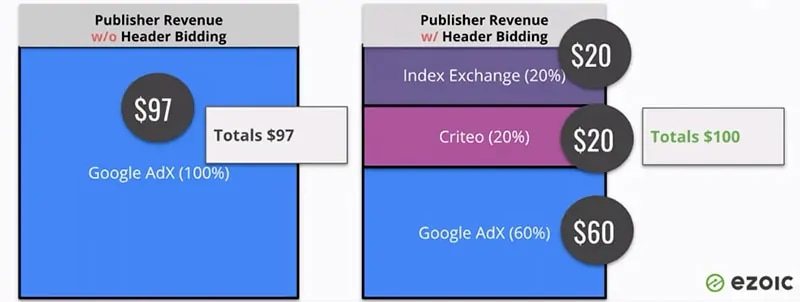
Even though some header bidders or ad demand sources may ultimately beat out an ad exchange, like AdX, they are usually winning by small incremental amounts.
EXAMPLE: Criteo is beating Google Adx 20% of the time! But, Criteo is winning those 20% of bids by only 1%. That means revenue is only increased by 0.20% by these “winning” bids.
What are DMPs and Data Aggregators?
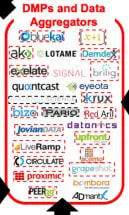
A Data Management Platform (DMP) is an integrated platform that collects, organizes, and activates first, second, and third-party data. This includes online, offline, mobile, and beyond. The term data aggregators is a broad umbrella term that is used by companies that function similarly to data management platforms.
These types of companies are taking a super big hit right now with the death of third-party cookies and privacy talk.
Both Mozilla and Apple have now have third-party cookie block on by default. Ad networks quickly found loopholes in those blocking features. Since then, Apple introduced Intelligent Tracking Protection 2.2 (ITP) and Mozilla rolled out Enhanced Tracking Protection (ETP) to close the gaps that advertisers have been exploiting via loopholes.
It’s a growing trend that people are becoming way more concerned about what happens to their personal data and publishers are subsequently being regulated more and more.
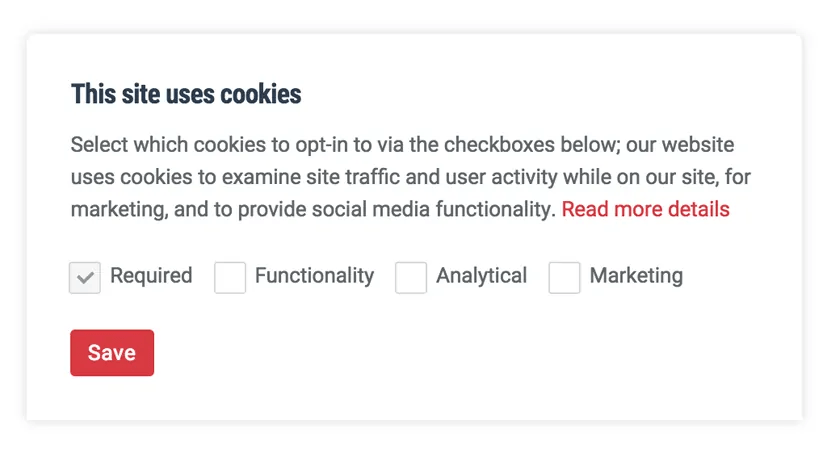
Important: This is why currently you need to be able to manage the data you collect and understand how to have a way to have a chain of custody of how you got that consent, how you collected the data, etc.
It’s your audience, and you want to both be able to track them and maintain a transparent relationship with them. Ideally, this is why you should be wary of sharing that information externally and potentially being held liable for violating privacy laws.
What are “Data Suppliers”?
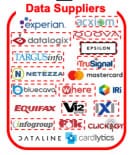
These are not overly relevant to publishers and publishers should be wary of anyone requesting them to share their data en masse: meaning, the actual user information or tags, pixels, etc.
While most digital publishers aren’t this massive as the tech giant Facebook, we all witnessed the fallout of Cambridge Analytica and the impact it had on the public’s perception of data privacy.
These types of incidents solidify that the most valuable thing you have as a publisher is the fact you have individual control of the relationship with your audience.
Anything that could threaten to take that away from you should be avoided.
What are Ad Networks?
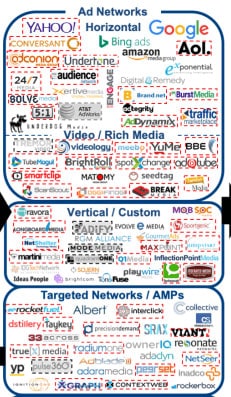
- Horizontal
- Vertical
- Display
- Native
- Targeted / AMPs
You have everything from contextual ad networks, retargeting networks, native networks (sponsored content that hides on the page), and more.
Ad networks have a bad reputation for being notoriously hard to trust. And… there are a lot of them. Often, people mistake other parties in the ecosystem as “ad networks” when they are actually aggregators outsources, or even platforms like Ezoic (which is absolutely not an ad network, but rather a platform that does allow publishers to access thousands of networks, exchanges, and header bidders).
Some of these networks will do sneaky things like cookie people that are website owners using their ad network to ensure they don’t really see what kinds of ads they are showing their visitors.
EX: Let’s say I’m a publisher using a shady native ad network. When I look at the site, all the ads look great. They look wholesome, non-controversial, and this is because they’ve cookied me as the website owner, and they’ll show me the highest quality ads possible. Meanwhile, my visitors get the worst “you’ll never believe…” types of ads.

Native ad networks are notorious for doing this type of thing. They’ll even show fewer ads or hide the ads in general if they know you’re the website owner.
In general, more ad demand sources does not equal more revenue. We’ve shown this to publishers time and time again.
What is display advertising performance?
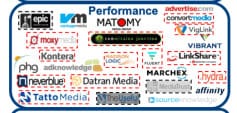
“Performance” is a title within the Lumascape seems to function as an umbrella term to describe the companies within it.
The services they provide are described as “customized performance and programmatic solutions” to a long list of things like video ads, responsive design, social media, and more.
These companies have a variety of services they offer. These are players that are providing niche value to a small number of parties.
What are Media Management Systems & Operations?

These parties aren’t overly relevant to publishers and are mainly focused on the advertiser side of the fence.
Many of these companies are involved with media planning and media and analytics. Whether it’s an algorithm, A.I, or data analytics, these companies help you make strategic decisions around media planning and management.
But again, if you look at these companies’ descriptions, you begin to notice a pattern that bleeds across all categories in the Lumascape—there is a lot of overlap between the types of services they offer.
What are “Sharing Data / Social Tools”?
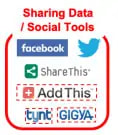
Social tools are again, one of those things where if you’re a publisher that relies heavily on social traffic and visitors sharing your content it’s great to integrate social elements into your site. But, publishers should consider a measured approach.
Social platforms can be dangerous when integrated into your site; especially if you are adding various 3rd-party pixels to your page. You always have to be careful of what might be on the page that you don’t fully understand.
Some of these things might potentially have the capability of stealing your audience away. The last thing you’d want as a publisher is an advertiser being able to target people on your website due to a comment section or a social sharing tool or widget.
PUBLISHER CAUTION: if you’re an advertiser, you can say, I can get everybody that’s visited www.example.com on Facebook because I can target them because of this widget on their page.
This type of scenario would be detrimental to publishers. So if you do utilize social sharing tools, be sure about what benefit they provide and where they come from.
What are Publisher Tools?
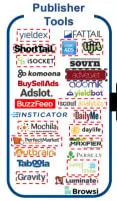
There are a lot, some add value and some don’t. Technically, not all publisher tools live inside the display Lumascape.
However, not all are created equal. many include free tools and widgets.
Heat maps are a good example. They “theoretically” tell you where someone is clicking on your site, but this data is mostly inaccurate (especially on mobile) and is more likely to slow down your site than it is to provide something actionably useful.
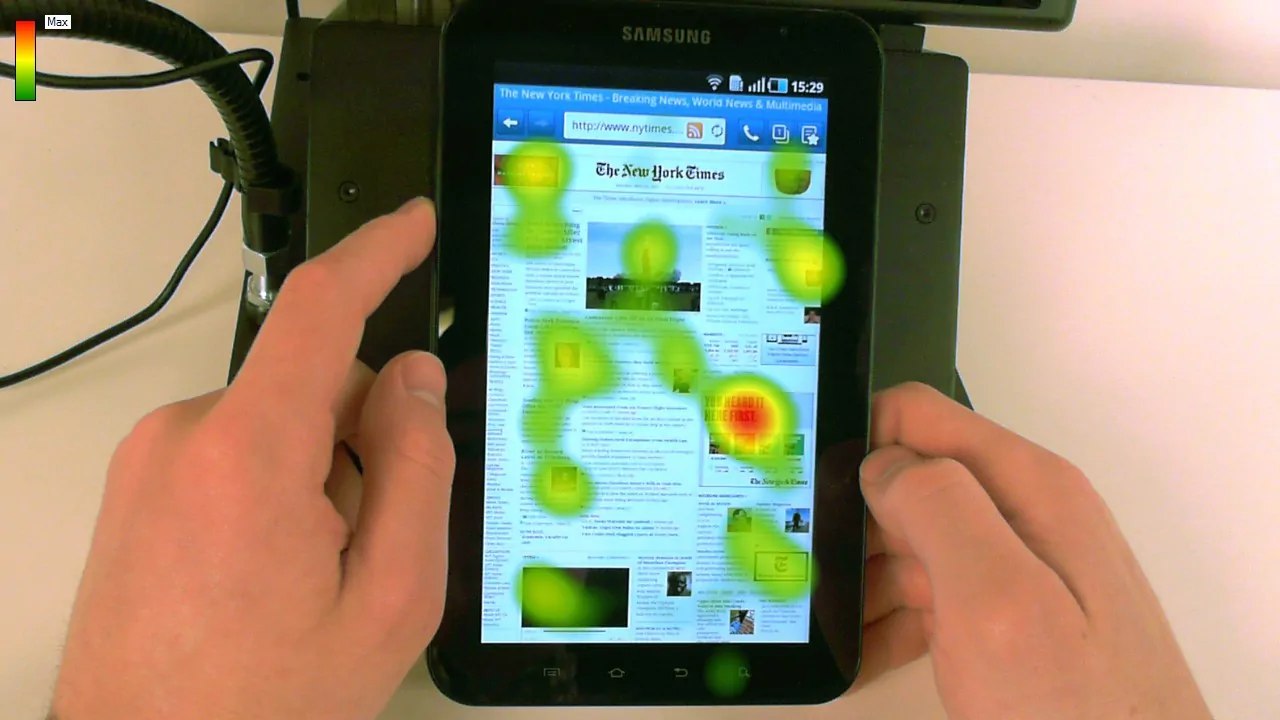
Most heat maps just track physical clicks on links. What you see on a heatmap is actually an artist rendering if you will.
The biggest takeaway from the Lumascape for publishers
The biggest thought on the Lumascape, in general, is that if we look back over a decade, ad rates, have increased. There is value in the chain, but not everyone is adding value.
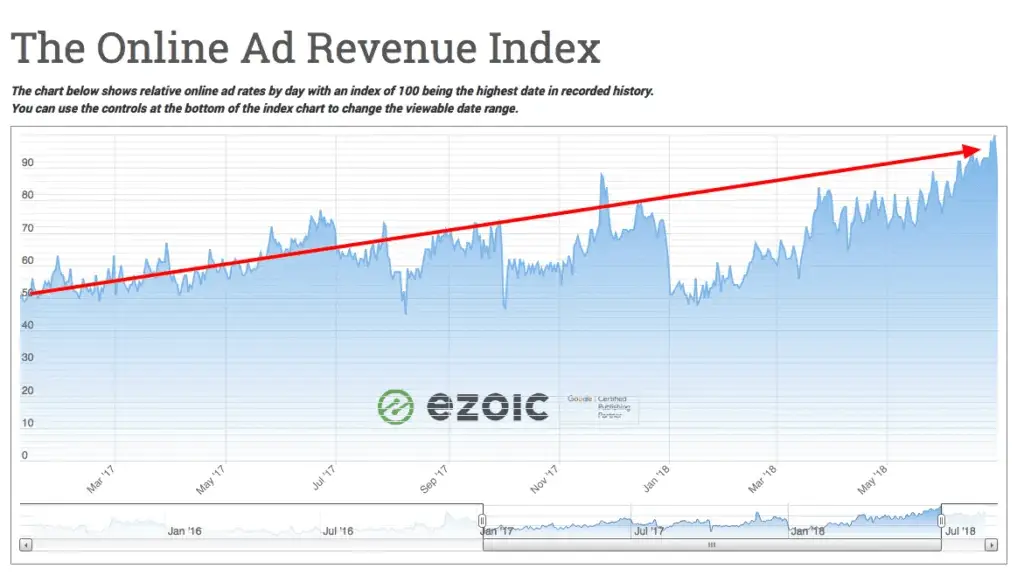
This increase in ad rates for publishers can be attributed to better targeting and a continued pivot to digital investments by brands.
The truth is, if you were to divide it, those actually providing significant value are far scarcer than those that aren’t.
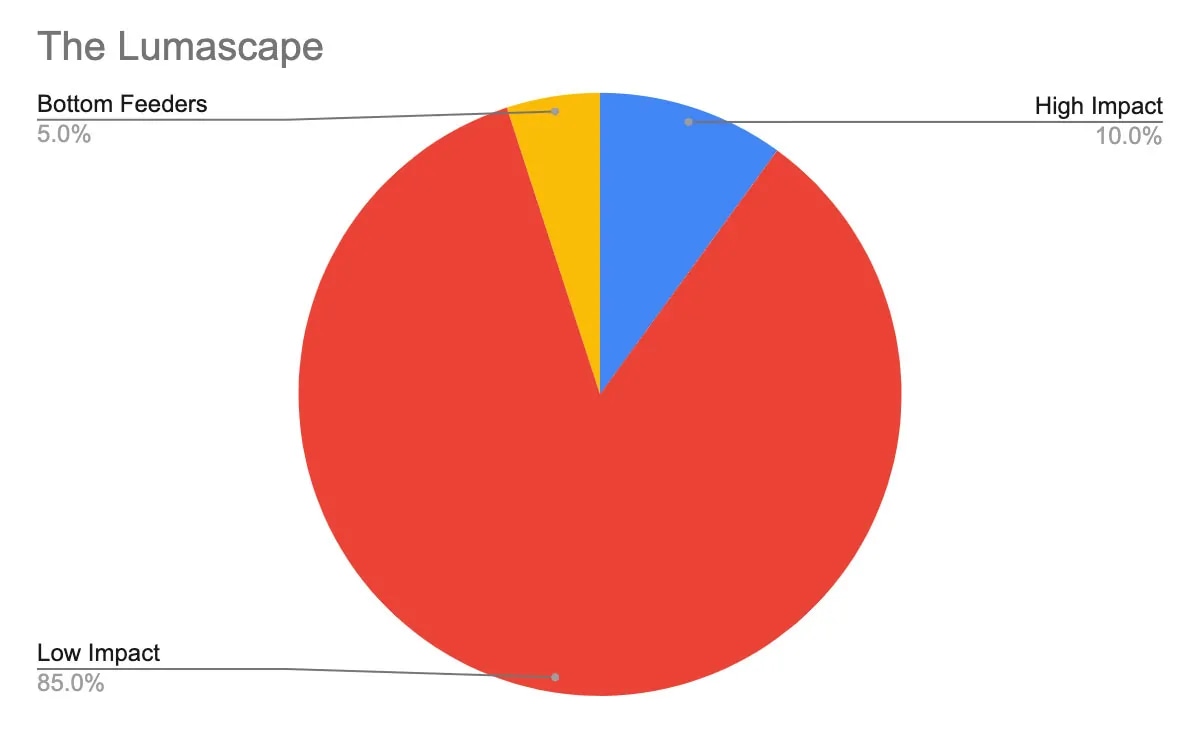
My estimation is that 85% of the companies are low-impact in terms of the value they ultimately provide in comparison to the high-impact parties (like Google AdX and Ad Manager). Ultimately, less than 10% fall into the high-impact category.
Ultimately, the best way to maintain a transparent, authentic relationship with your most valuable asset—your audience—is to limit an excess of the players you utilize within the Lumascape.
The more control you sacrifice as a publisher, the greater risk you take in compromising that trust you’ve built with your audience.
Do you have any questions on the Lumascape? Leave them below in the comments and I’ll try to respond.
[/et_pb_text][/et_pb_column][/et_pb_row][/et_pb_section]

